My Gardening Journey – 3 Essential Tips for Vegetable Gardening
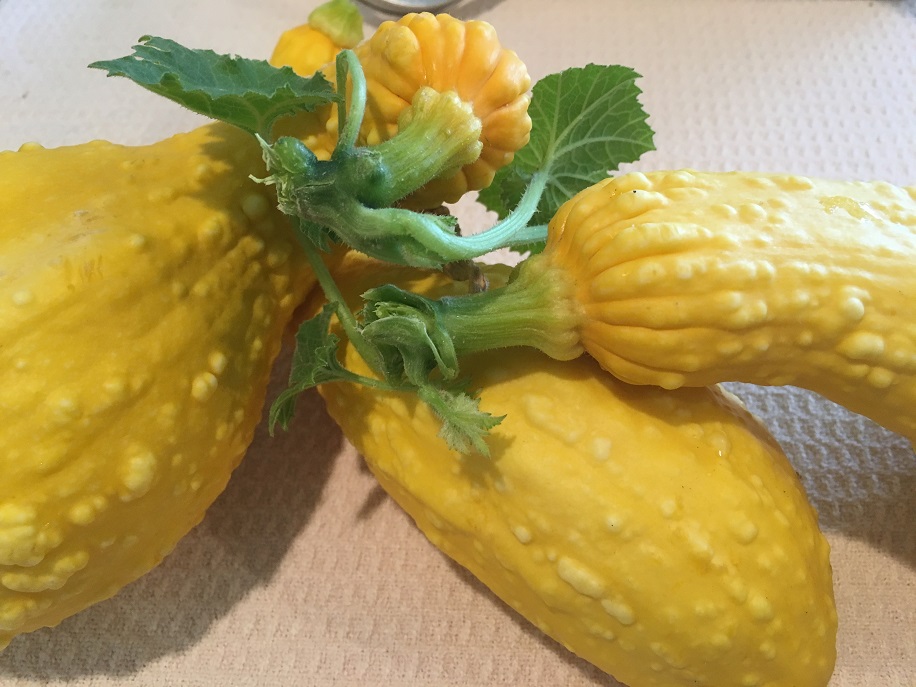
My gardening journey has led me to discover three essential tips that can help beginner vegetable gardeners answer common questions and avoid confusion when starting out.
How do I successfully grow a vegetable garden? I am bound and determined to get it right this year. Our family’s gardening journey began in New Jersey and has traveled onward to Utah. And this is where we will begin to document our successes and failures in the garden.
Now, I am not new to vegetable gardening, but I am definitely no expert. My family and I actually had great success gardening back when we lived in New Jersey. But in Utah, it’s a different story.
Below, we will discuss a few essential tips I have learned along the way. Not all have been tried and tested yet here in Utah, but we will soon find out if they make the difference we are hoping for.
Table of Contents
Vegetable Gardening In New Jersey
We started with a small container garden on our townhouse deck.
To a fairly large garden when we bought our first single-family home. We sure do miss this backyard, it was something special!
Vegetable Gardening In Utah
Now we are in Utah and I have not had much gardening luck here yet. In New Jersey, we had all raised beds in a very rainy/wet state. Here in Utah, the soil is very sandy and we have hot and dry summers.
We have plans to make some changes in the backyard so for now, I am working with what we’ve got. I have a strip in the center of the yard and some space near the back fence.
Mulch gardening/compost, hardening off seedlings, and watering the garden are the three essential tips we will be focusing on this year. The first two tips are quite simple and easy to accomplish, so we will put most of our focus on tip number three. Of course, we water our garden, but I plan to test the soil and watering system more frequently to ensure proper hydration for our plants and adjust as necessary as the summer temperatures increase.
3 Essential Tips for Vegetable Gardening
1. Mulch Gardening and Compost
I have learned that mulch is key for keeping in moisture, so that is one change I will make this year. With our sandy Utah soil and hot summers, this is a must. We have added compost soil to our vegetable garden year after year and will continue to do so. This will bring in added nutrients to the sandy soil as well.
Not only does mulch help keep in moisture, but it also prevents weeds and helps reduce plant diseases. There are many different types of mulch that can be used. You can use items you may already have in your yard such as dried leaves or grass clippings. Hay is also recommended.
I have been looking into mulching the vegetable garden with wood chips. Not only to keep moisture in the soil but look aesthetically pleasing as well. I have done some research about what kind of wood chips to use. However, not any wood chip will do. Raw wood chips have a high carbon to nitrogen ratio and will require nitrogen from the soil to break down. Thus taking the nitrogen away from the growing plants if mixed with the soil.
So it is necessary to use a compost mulch that has allowed the wood chips to break down for a year or two before mixing it with soil. Find a local supplier close to you and see what types of mulch they sell. Usually, the screened and premium types are best.
You can use raw wood chips as long as they are only placed on the top of the soil. When they start to break down, they will take some nitrogen from the soil but only from the top and shouldn’t be enough to make a difference to the vegetables. Make sure the raw wood chips are NOT mixed in with the soil. Source
It is also very important to make sure the supplier is using a good source of wood for the wood chips.
2. Hardening Off Seedlings
I am taking care to properly harden the seedlings before they go in the ground this year. So many times I transplant our seedlings, and soon after, they look very sad, wilted, and eventually die.
Hardening off seedlings will gradually expose them to weather elements, wind, rain, sun, and temperature changes. This will help strengthen the seedlings to handle the elements once they are planted outdoors.
Search online for a planting calendar in your area. This will tell you the frost dates as well as when to plant seeds indoors, outdoors and when to transplant seedlings. These dates will help guide you as to when is the best time to start the hardening off process.
Begin this process about 7-14 days before you wish to transplant your seedlings. Start by placing the seedlings in a protected area in the shade for 1-2 hours the first day.
Gradually increase the time the seedlings are outside 1-2 hours each day. After a few days protected in the shade, place the seedlings in the morning sun before the temperatures rise and back in the shade for the afternoon.
After about 7 days total, and if the temperatures are not too hot, allow the seedlings to remain in the sun for the whole day. They should also be ready to handle the evenings if the temperatures do not drop below 50 degrees. Remember to keep the seedlings hydrated on those warmer days in the sun.
Once they have had at least 2 full days and nights outside, they are ready for planting.
3. Watering the Garden
Eventually, we will transform our backyard into a more garden-friendly environment and plan to insert a drip system as well. I would love to bring as many permaculture principles we can into it and hopefully collect rainwater to feed into the drip system.
How and when to water the vegetable garden is very important. In general, the plants require about 1 inch of water on the surface area per week. Give or take a little depending on your soil, weather, and type of plants you are growing.
Drip irrigation systems are best for vegetable gardens, but sprinkling systems can work as well. The trick is figuring out how much you need to water to achieve the 1 inch mark per week. Source
One way to do so is to test your watering system. Place a bucket or can in the garden area and run the water until you have reached one inch of water. Make sure to time it so you know how much to water per week. It is best to break it up into 2 or 3 sessions each week. Do not water a small amount every day or the water will not penetrate down to reach the roots.
Alternatively, time your watering system for 15 minutes. Measure how much water the bucket or can collected in that time and figure out how much time it will take to fill the bucket to one inch. For example, if 15 minutes of watering resulted in 1/4 inch of water, you could water your garden for 30 minutes 2 days a week or 20 minutes 3 days a week.
Now, if you live in hot dry climates, more water will be required. Bonnie Plants suggests adding another 1/2 inch of water for every 10 degrees above 60 degrees.
Be sure to test your soil to make sure your plants are getting enough hydration. You can test the soil with your finger. Insert your finger just past 2 inches in the soil and your finger is clean, you need to water. If your finger comes out with soil sticking to it, there is enough water. There are also devices you can purchase that will let you know when to water as well.
My Utah Vegetable Garden
Here are a few pictures of my Utah garden over the years. They were difficult to find. Apparently, I didn’t take too many pictures. Probably because there wasn’t much to see. 🙂
We have successfully grown squash, zucchini, peppers, lettuce, and kale, but haven’t had much luck with tomatoes and cucumbers, our favorites! The peaches in the last photo are from the farmers market.
We do have some small apple and cherry trees and are excited to see what they will produce this year. As long as the birds don’t get to them first!
In Conclusion
I hope that these 3 vegetable gardening tips are useful and can help bring success to those who may be struggling with vegetable gardening.
There is much more to vegetable gardening than these 3 tips, but I believe they can be a great help or addition to your gardening routine.
Not only does gardening provide nutritious food straight from mother earth, but it also has other benefits as well. Gardening allows you to connect with nature, it can help create calm in your busy life, and is also eco-friendly.
Any vegetable gardening tips would be greatly appreciated. Please leave them in the comments below.
Wishing you all the best in your gardening adventures!
Stay tuned for My Gardening Journey – Seed Starting Indoors 101

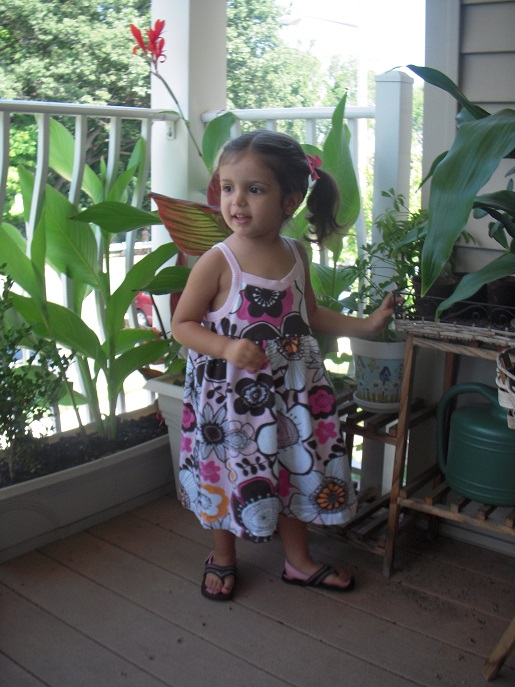
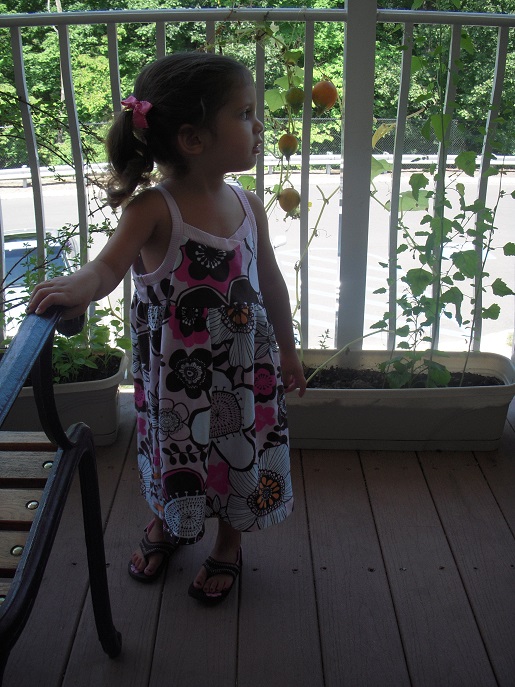
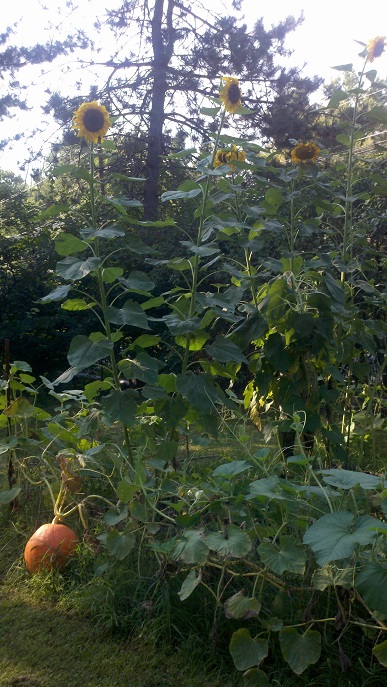
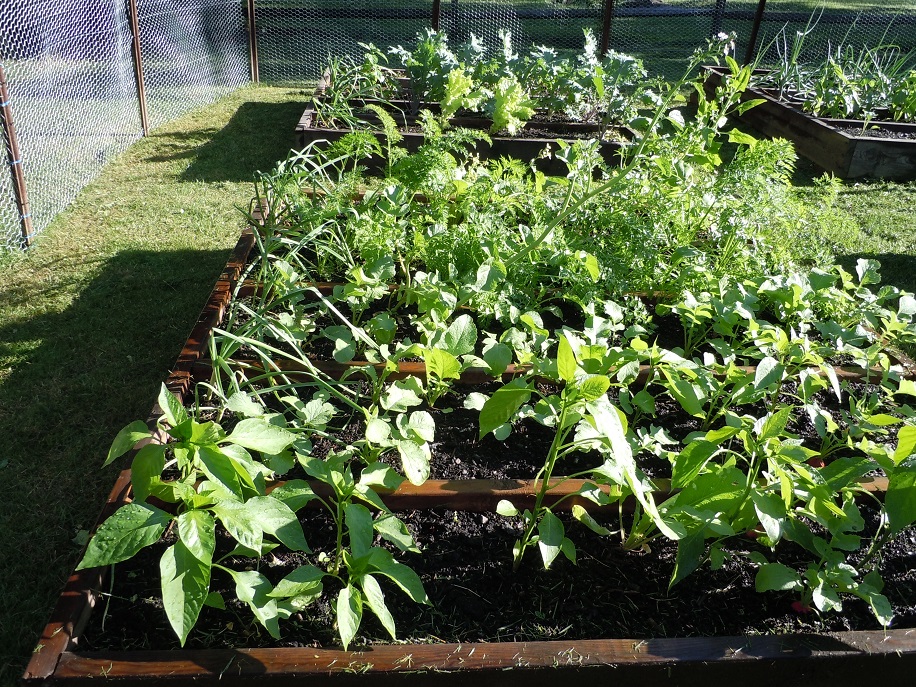
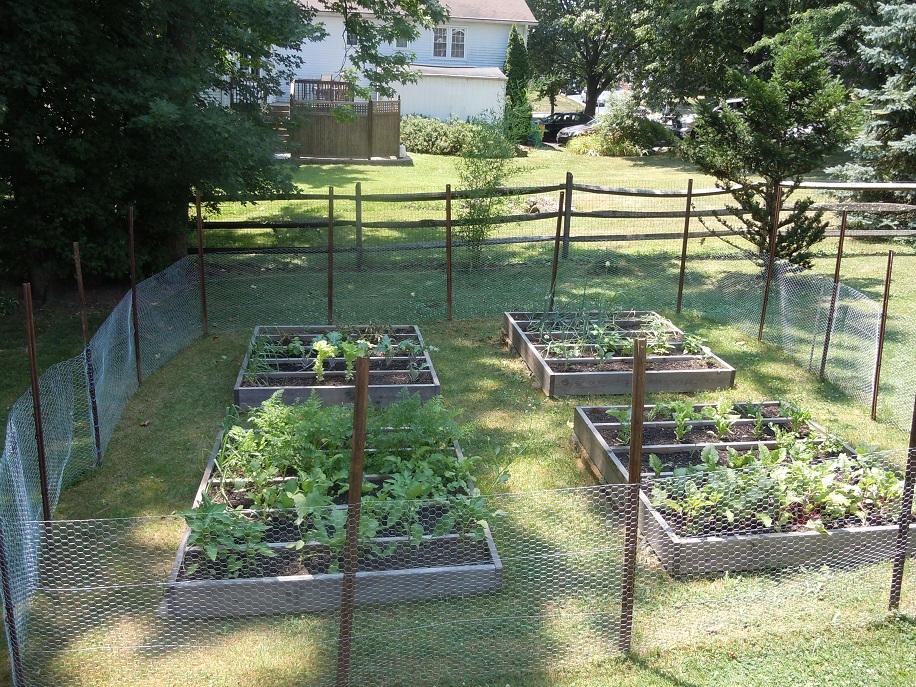
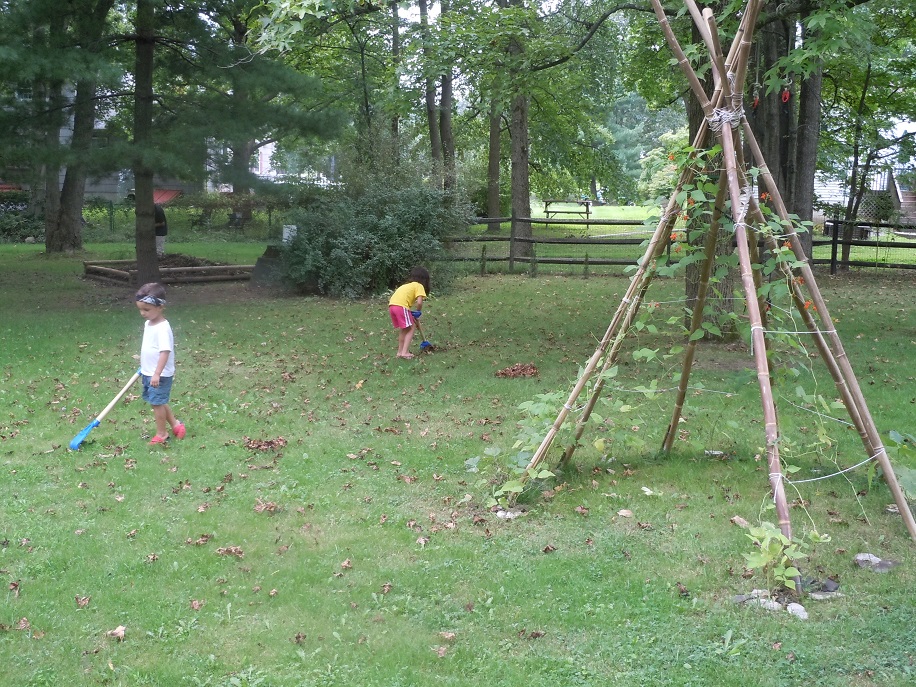
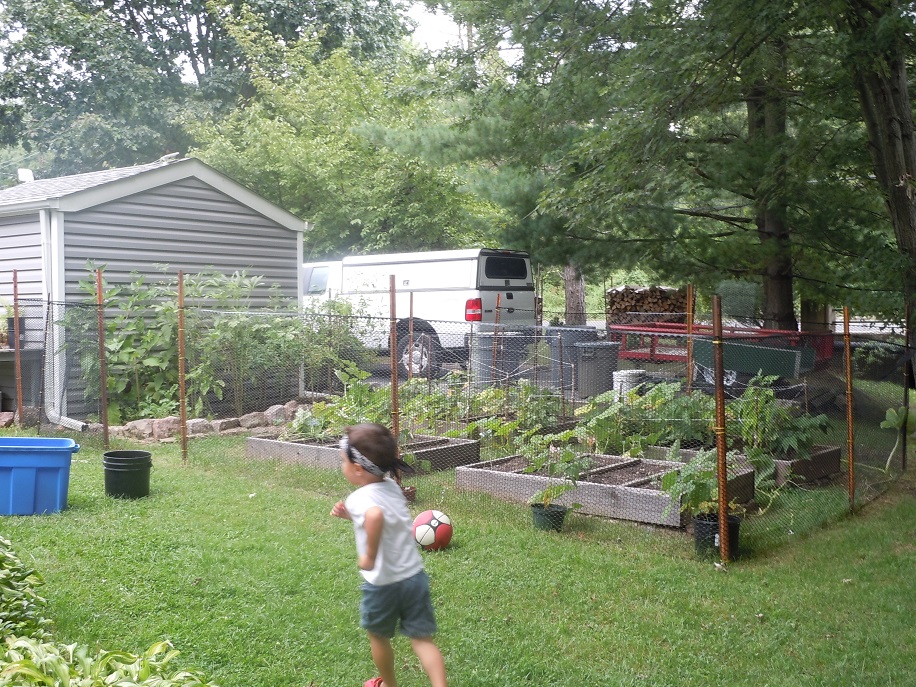
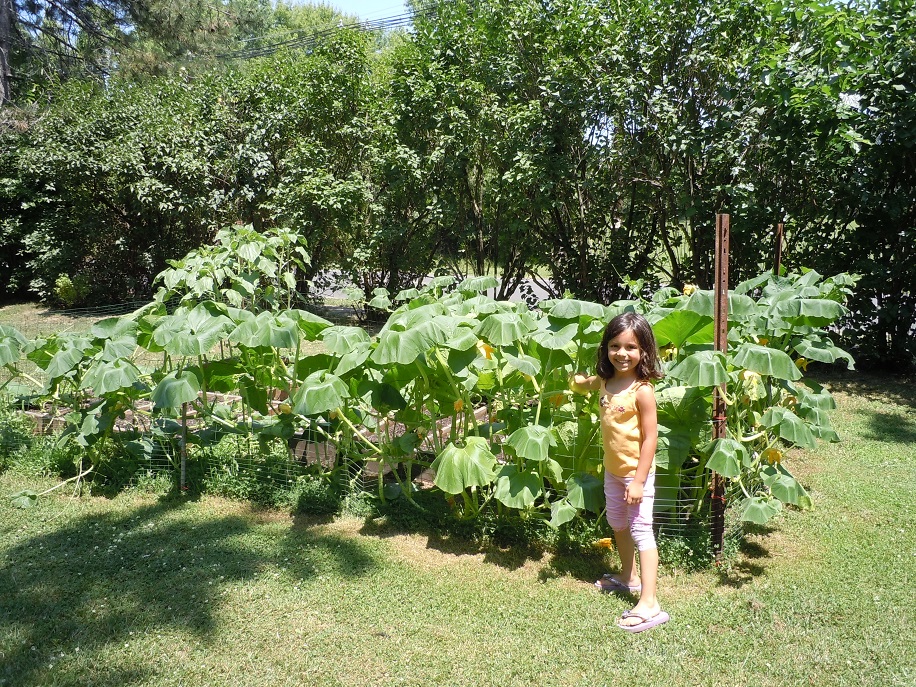
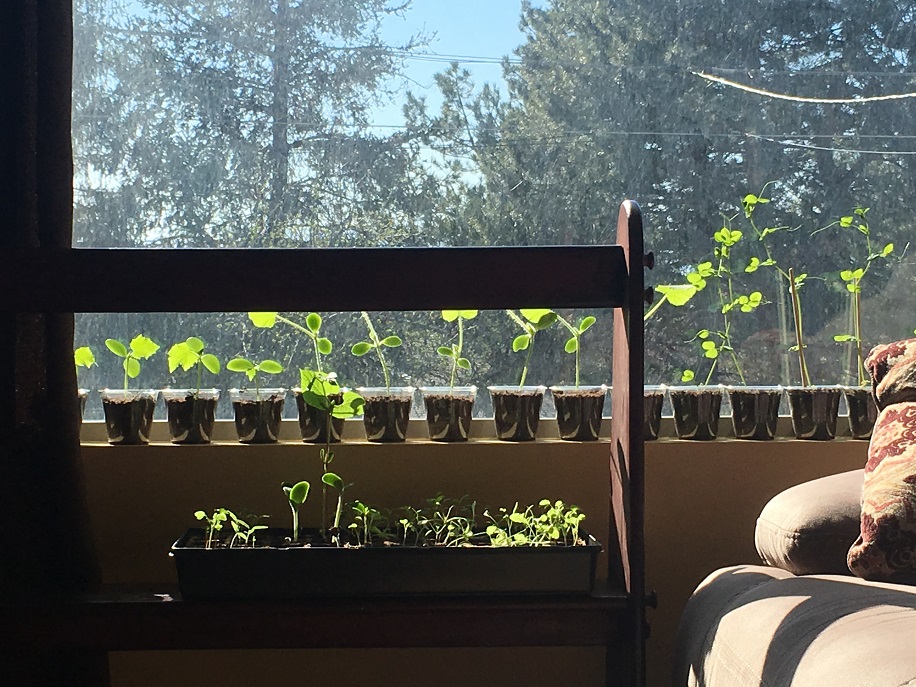
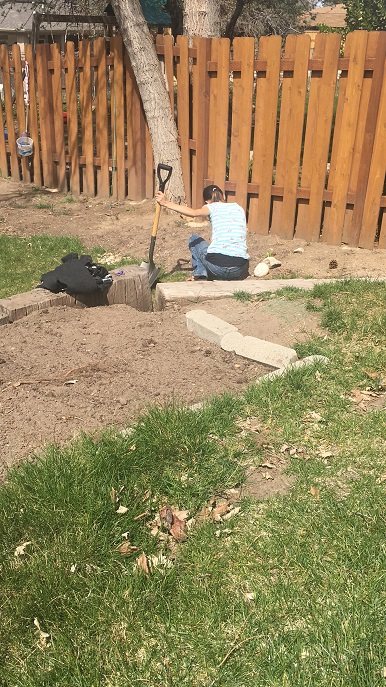
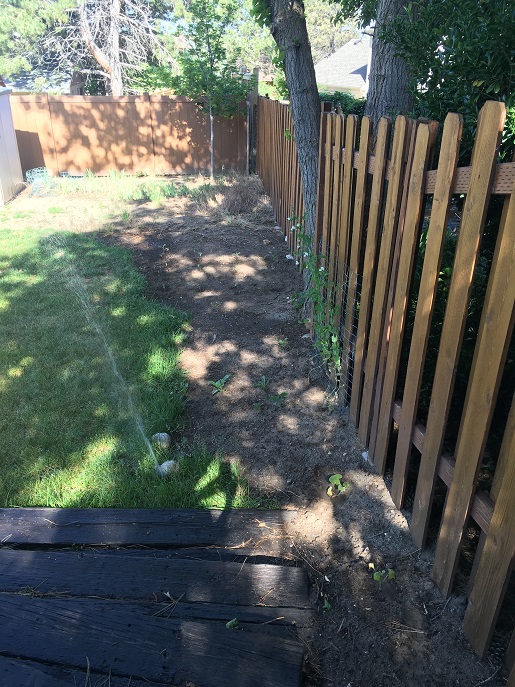
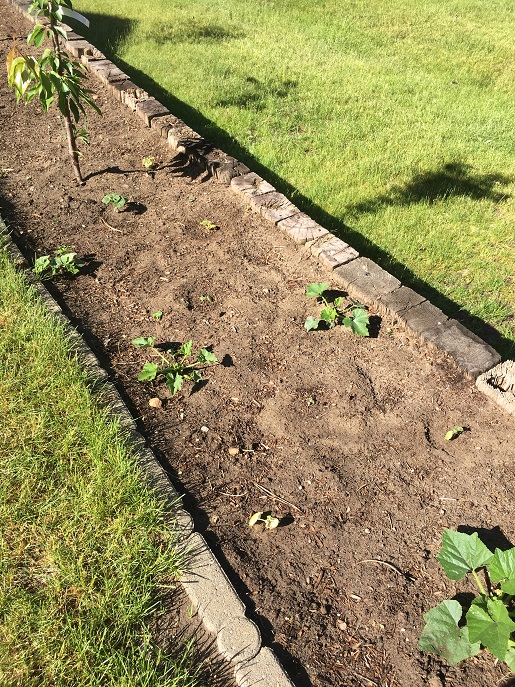
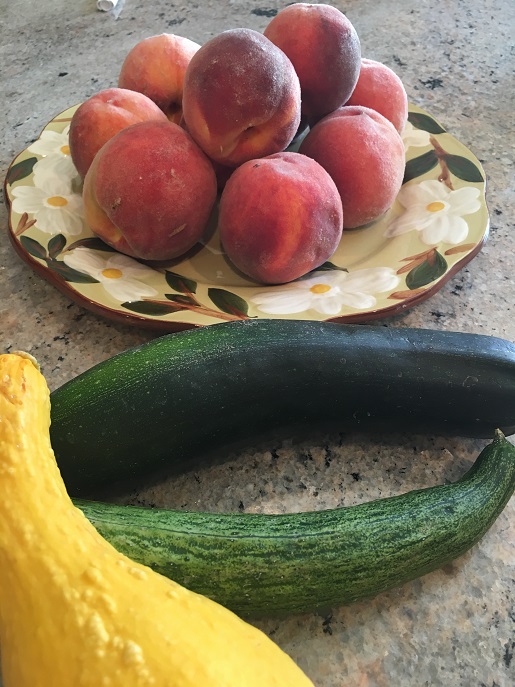

1 thought on “My Gardening Journey – 3 Essential Tips for Vegetable Gardening”